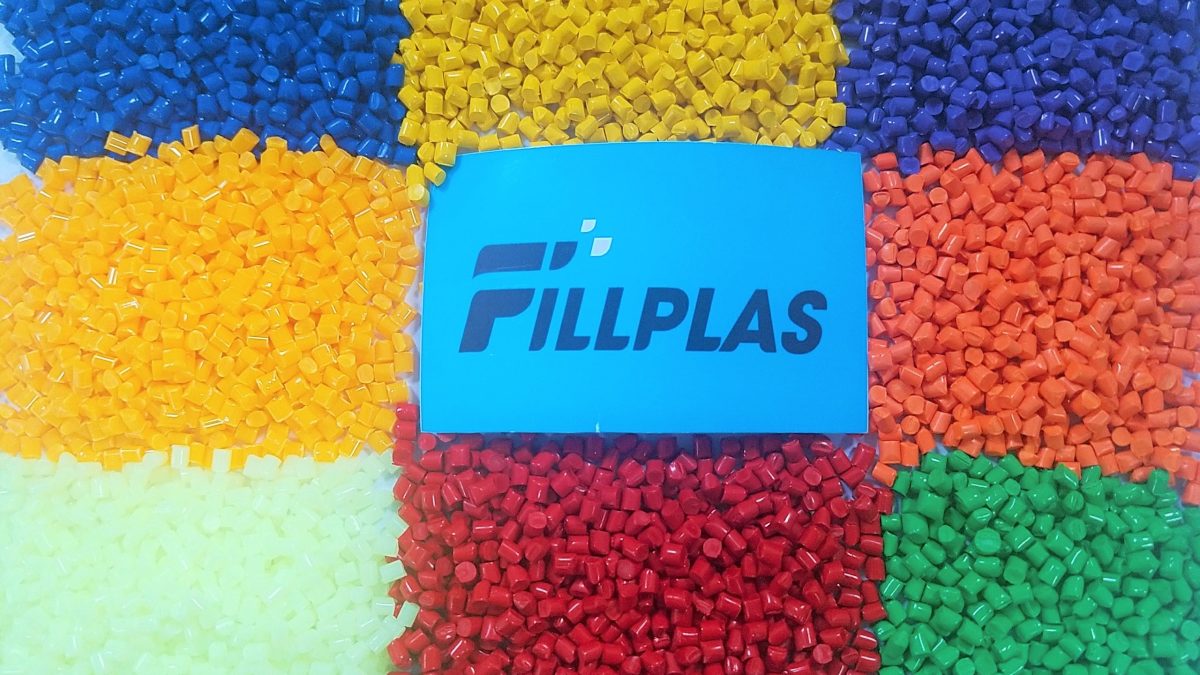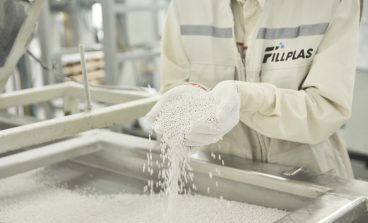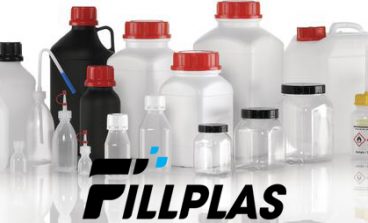
Color masterbatch is a popular material in the plastic industry. We will study this in the following applications.
Color masterbatch for coloring thermoplastic polymers
A color masterbatch, or color concentrate, is a granule used for coloring thermoplastics. It consists of one or more colorants and a polymer-specific carrier resin. The composition of a color masterbatch is called its recipe.
Colorants are classified into several categories: organic dyes, organic pigments, and inorganic pigments.
Dyes are soluble in plastics and can, therefore, be used for transparent coloration. Pigments remain in their original particles from inside the plastic and need to be dispersed within the plastic.
The recipe for a specific color masterbatch is developed in our laboratory based on a customer’s requirements.
A color masterbatch may contain up to 60% colorant. In the subsequent production process, the colorant is introduced into the melted plastic.
Advantages of a color masterbatch for molding plastics
Typically, a masterbatch is available in either a liquid or pellet form and is comprised of a concentrated mixture of pigments, dyes and/or additives to color plastic products. Masterbatch is used in place of fully colored compounded materials largely referred to as pre-color. This option can be more expensive due to volume minimums, inventory requirements and the threat of obsolescence whereas masterbatch mitigates these challenges.
Even after being convinced that masterbatch is a better colorant option, many processors still debate whether liquid or pellet form is the better option? Both have advantages and disadvantages.
The advantages of liquid color include: effectiveness at extremely low levels, good on long production runs, newer computer-controlled pumps for consistent delivery, and upfront costs can be lower.
The challenges of using liquid color masterbatch are: liquid can cause screw slippage when higher levels are required, liquid carrier resin can separate from the color itself over time requiring offline mixing or peripheral online equipment like agitators, housekeeping issues present a challenge due to the constant threat of equipment malfunctions of hoses and tube sets due to wear and tear.
The advantages of pellet color masterbatch for plastic parts include reduced housekeeping, zero waste, and quick change-overs. Lastly, it avoids all hidden costs like additional hoses and tubes sets, agitation and consolidation that liquid color requires.
The one historical advantage liquid has enjoyed over pellet masterbatch has been rooted in economics. That stated, there is new pellet technology that has come on the scene in the last few years that can both reduce cost and eliminate processing headaches.
Fillplas produces a wide range of color masterbatch. Please kindly visit our website to have more information.



